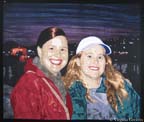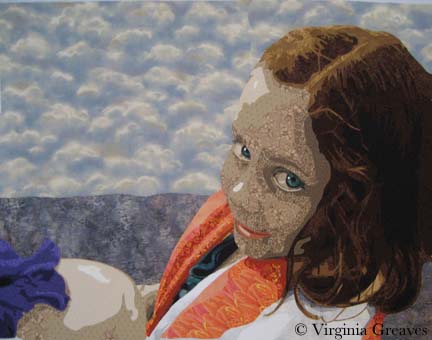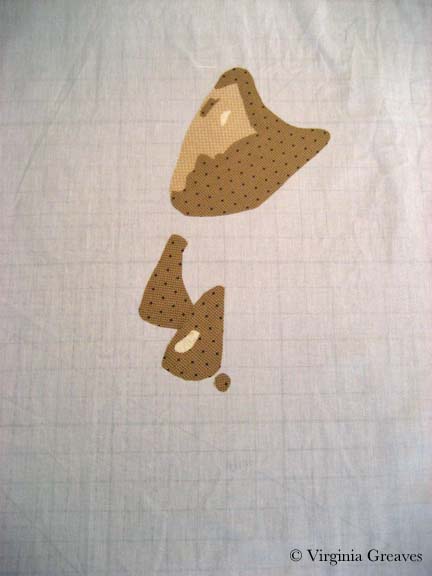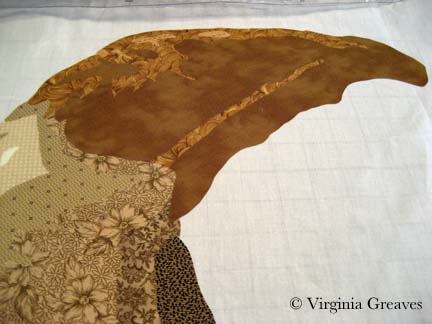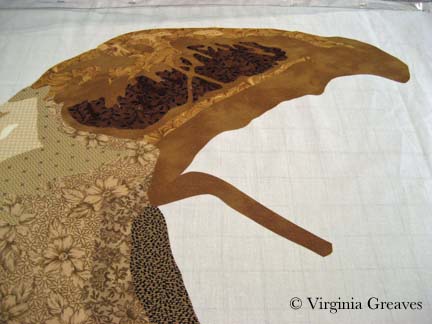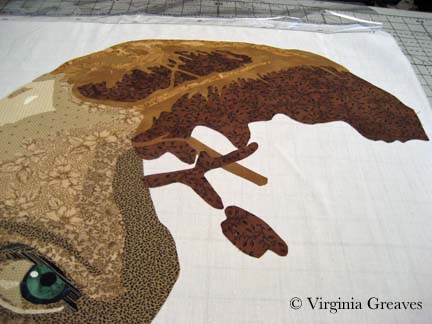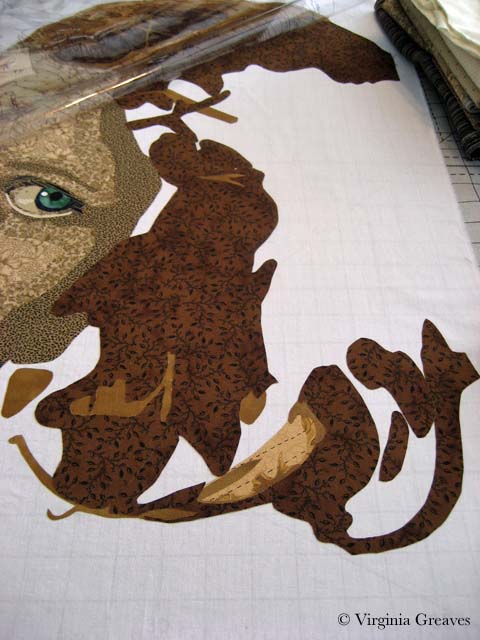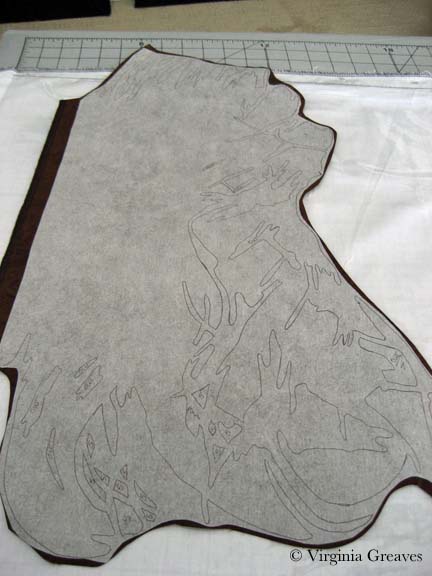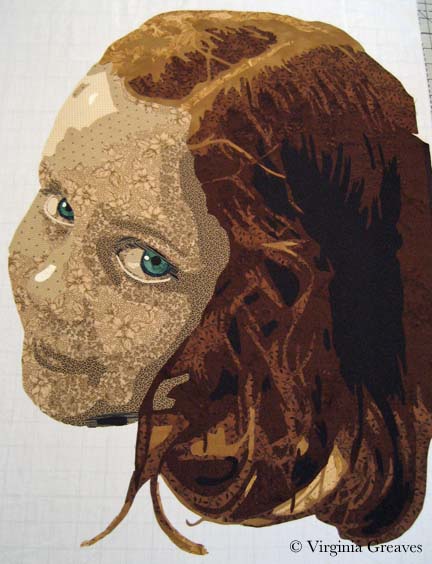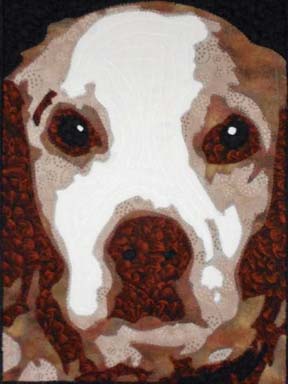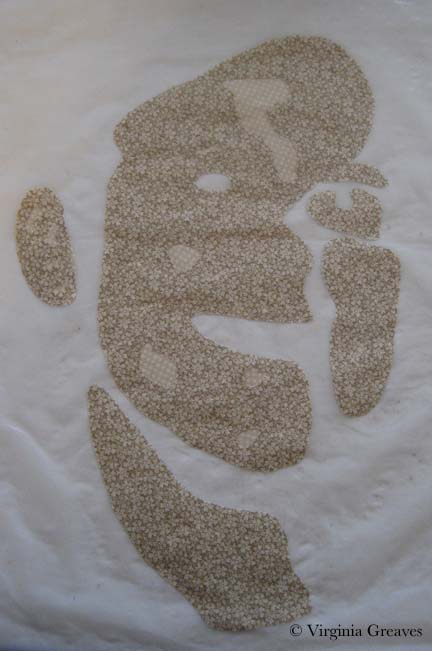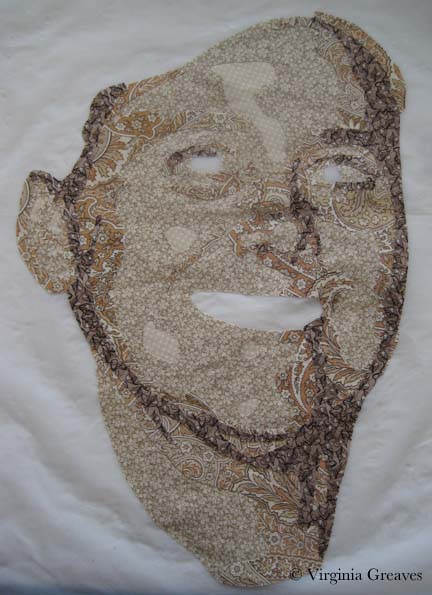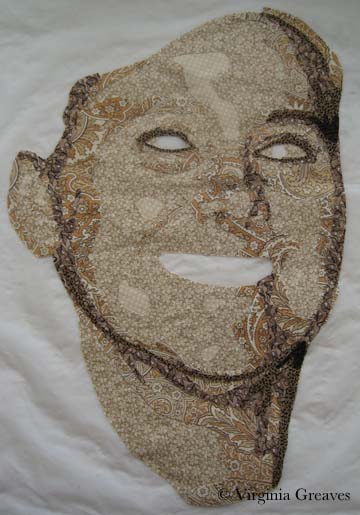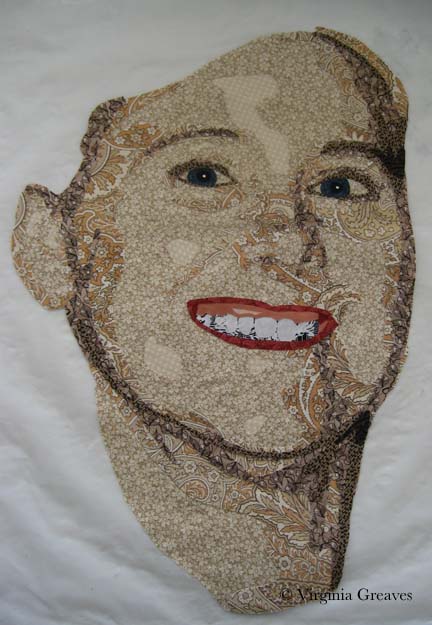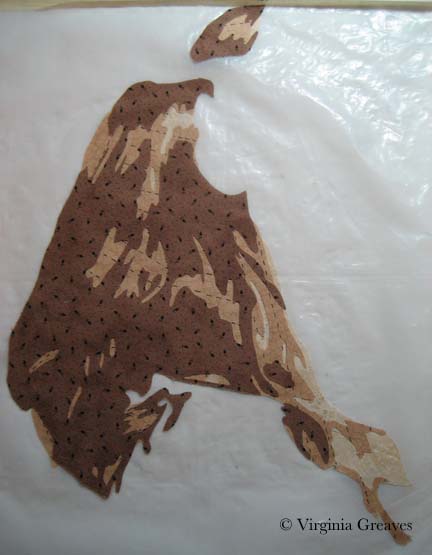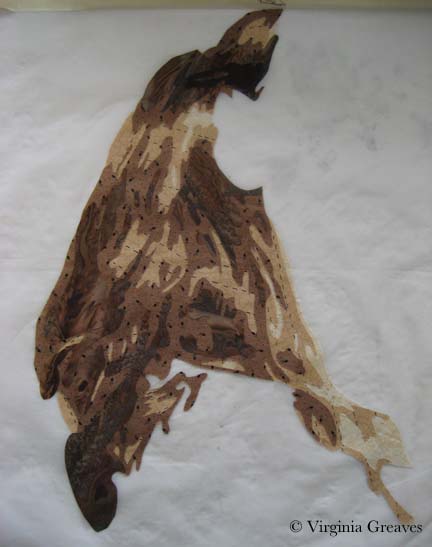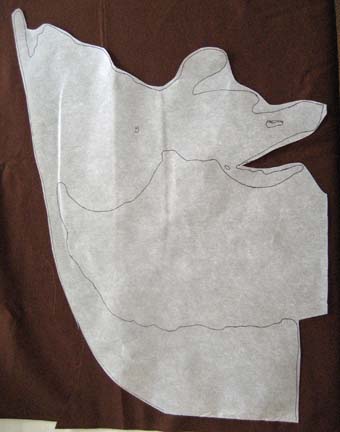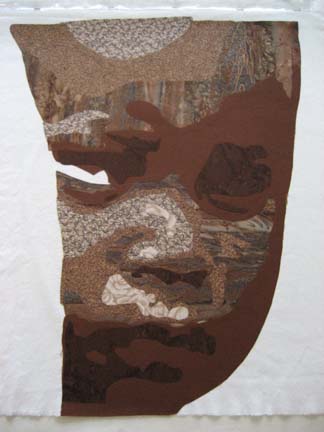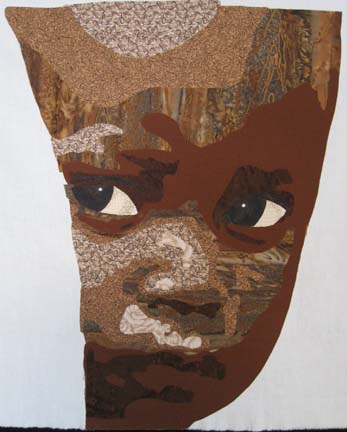Years ago, I had the privilege is attending the AQS Quilt Show in Paducah. There were miles and miles of the most extraordinary quilts I had ever seen. Every time I came to the end of a row, there was another one, each quilt more breathtaking than the last. I marveled that anyone could jury awards and somehow discern the placement of one over another.
Although I don’t enter Paducah anymore because of their size restrictions — this is how I imagine the International Quilt Festival in Houston to be like — probably larger. I have had the honor of having many quilts there but have not been able to visit myself. At this time of year, the blog posts from friends attending makes me wish I could hop on a plane. I’ll get there one day.
I have one quilt in the invitational exhibit Pets — Unconditional. This is a piece I created several years ago and shows the unconditional love that my mother’s Brittany Spaniel has for her. Given the popularity of the animal pieces that I have done, I should really make more of them. They are much more marketable — portraits of people are much more personal to the subject — although I do not use marketability often in choosing a subject for a piece — no more than I use exhibit themes as guidelines for ideas. I like to create pieces that are inspirational to me — although I can appreciate that that is not always the most marketable decision.
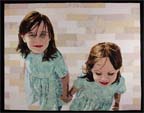 I also have two pieces at the same show in the World of Beauty Exhibit — People, Places, & Figures category. I confess I don’t actually know if they hang the exhibit by category — although it makes sense that they would.
I also have two pieces at the same show in the World of Beauty Exhibit — People, Places, & Figures category. I confess I don’t actually know if they hang the exhibit by category — although it makes sense that they would.
The first is Beach Guardians, a piece I made last year based on my children when they were younger. I love the perspective of looking down on them from above.
The second piece in the same exhibit is called A Walk in Twilight created earlier this year. It is about friendship and the joy that we share in each other’s company. Sometimes we just need to remember to take our friends along to make the journey more enjoyable.
These were the first two pieces I made with multiple subjects — although you could argue that Amelia Earhart had two subjects — Amelia and her plane. I still struggle with backgrounds and deciding whether more complex is actually helpful to the piece or not. Sometimes I think something simple is best — you don’t want to detract from the main subject — but other times, a complex background adds to the story of the piece and still enhances the portrait.
I have also been privileged with winning a first place ribbon from the La Conner Quilt Festival in the Open: Fiber Art Quilted category for Bukonyan Elder. This is my first year to have entered this show and I was thrilled to place. Their Top Honors Exhibit will extend until the end of the year and will be available for viewing at the La Conner Quilt & Textile Museum in La Conner, WA.
Lastly, my piece Celtic Woman is being included in a book to be released this coming April. I have not been published in a book before so I can’t wait to receive my copy. I will give more details on this publication at a later date.
